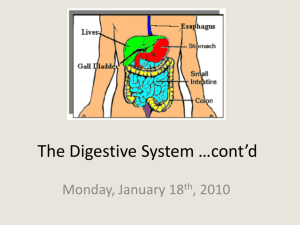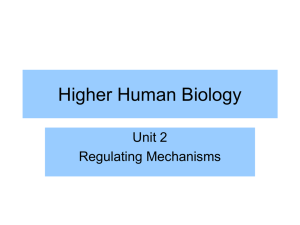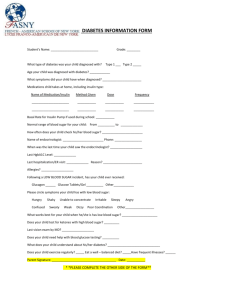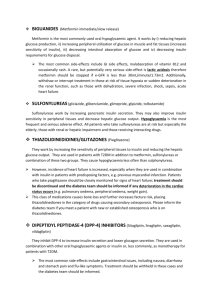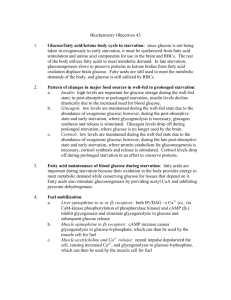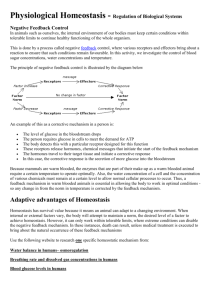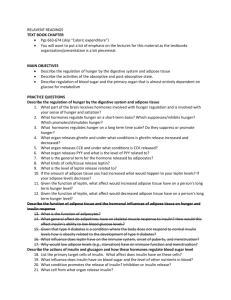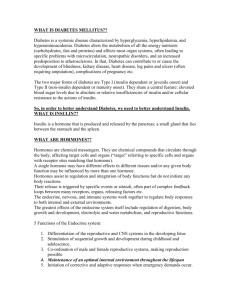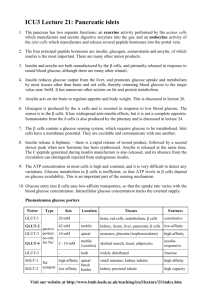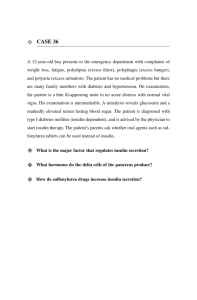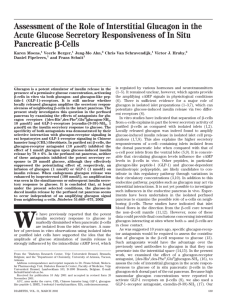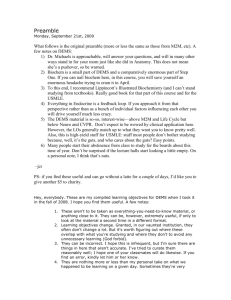B7.4 Revision notes
advertisement
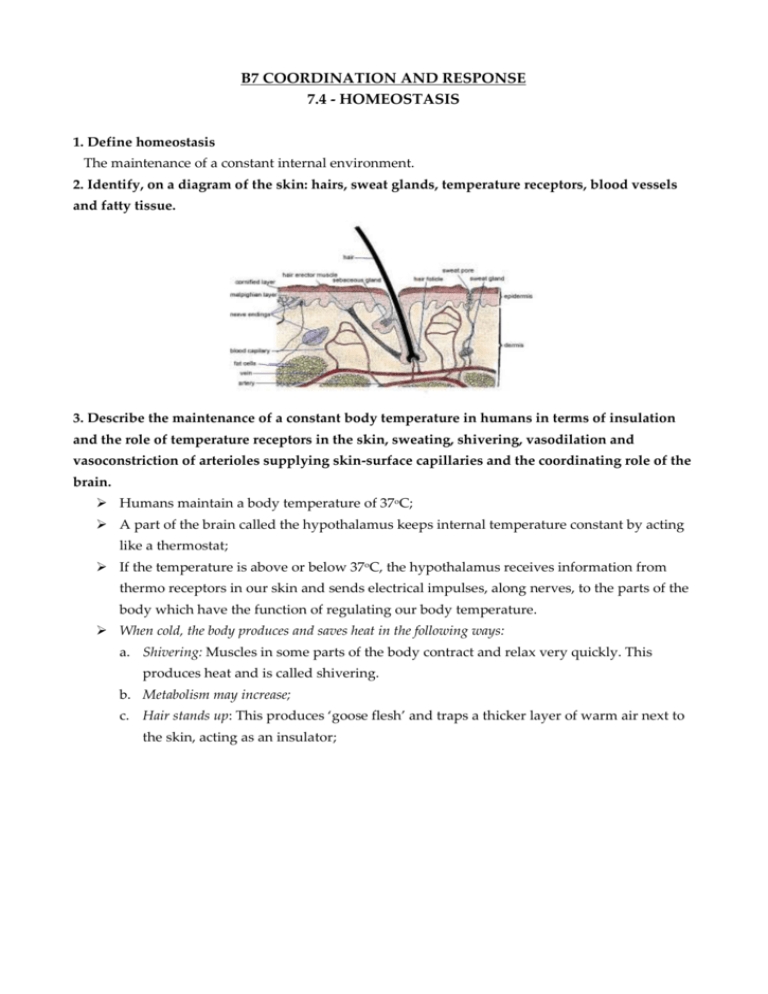
B7 COORDINATION AND RESPONSE 7.4 - HOMEOSTASIS 1. Define homeostasis The maintenance of a constant internal environment. 2. Identify, on a diagram of the skin: hairs, sweat glands, temperature receptors, blood vessels and fatty tissue. 3. Describe the maintenance of a constant body temperature in humans in terms of insulation and the role of temperature receptors in the skin, sweating, shivering, vasodilation and vasoconstriction of arterioles supplying skin-surface capillaries and the coordinating role of the brain. Humans maintain a body temperature of 37oC; A part of the brain called the hypothalamus keeps internal temperature constant by acting like a thermostat; If the temperature is above or below 37oC, the hypothalamus receives information from thermo receptors in our skin and sends electrical impulses, along nerves, to the parts of the body which have the function of regulating our body temperature. When cold, the body produces and saves heat in the following ways: a. Shivering: Muscles in some parts of the body contract and relax very quickly. This produces heat and is called shivering. b. Metabolism may increase; c. Hair stands up: This produces ‘goose flesh’ and traps a thicker layer of warm air next to the skin, acting as an insulator; d. Vasoconstriction: The arterioles that supply the skin blood capillaries becomes narrower, thus less blood flows in them and thus less heat is lost to the air by radiation. > When hot, the body loses more heat in the following ways: a. Hair lies flat: No insulation b. Vasodilation: The arterioles that supply the skin blood capillaries gets dilated, thus more blood flows through them and thus heat is readily lost from the blood into the air by radiation; c. Sweating: Sweat gland secretes sweat on the surface of skin, which evaporates, taking heat from the skin with it, thus cooling the body; d. Metabolism slows down. 4. Explain the concept of control by negative feedback. A change from normal, for instance an increase in blood glucose levels , triggers a sensor, which stimulates a response in an effector; However, the response in this case is the secretion of insulin hormone, which would eventually result in glucose levels dropping below normal; As glucose levels drop, the sensor detects the drop and instructs the effector (pancreas) to stop secreting insulin (negative effect); This is negative feedback- the change is fed back to the effector. 5. Describe the control of the glucose content of the blood by the liver, and by insulin and glucagon from the pancreas. Liver is a homeostatic organ, it controls the levels of glucose; Two hormones – insulin and glucagon control blood glucose levels; Both hormones are secreted by pancreas and are transported to the liver in the bloodstream. Role of insulin in controlling blood glucose levels: When blood glucose levels are high, then insulin is secreted by pancreas; Insulin passes in the bloodstream and then to the liver; Insulin stimulates the liver to absorb glucose; Insulin converts glucose to glycogen; Insulin also increases the rate of respiration; so more blood glucose is absorbed by cells and used up, to reduce blood glucose levels. Role of glucagon in controlling blood glucose levels: When blood glucose levels drop below normal, glucagon is secreted by the pancreas; Glucagon passes in the bloodstream and then to the liver; Glucagon converts glycogen to glucose in the liver; Glucose is then released into the bloodstream.



